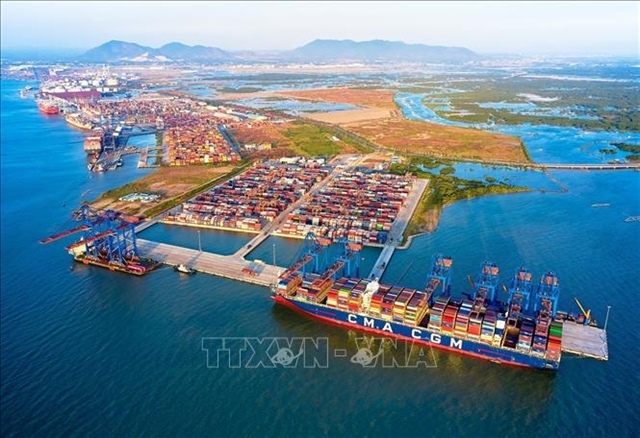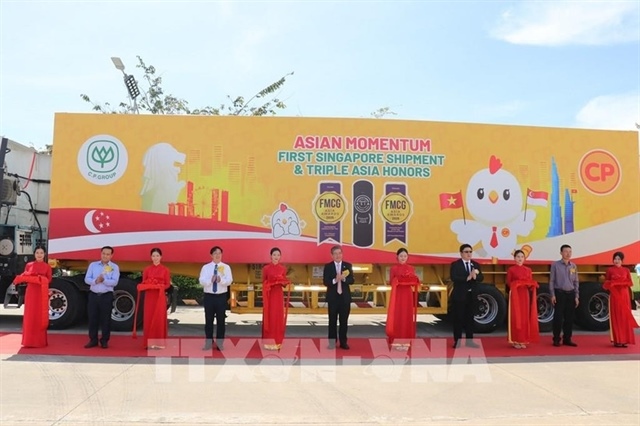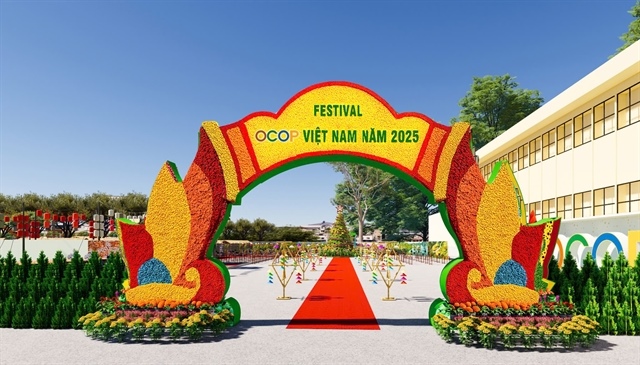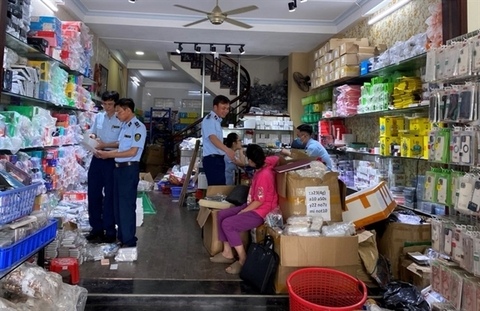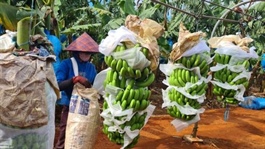Luxury brands looking to expand market to Viet Nam
Luxury brands looking to expand market to Viet Nam
Many luxury brands have begun implementing a market diversification strategy in Southeast Asia, especially Singapore, Thailand and Viet Nam, according to Savills Viet Nam.
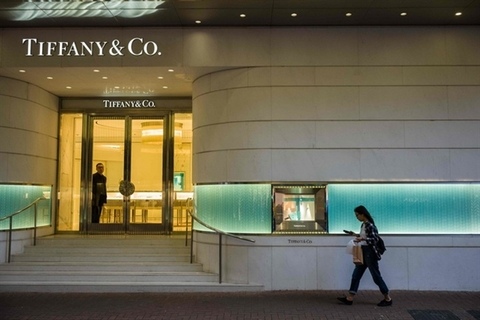
A luxury brand in Ha Noi. — Photo diendandoanhnghiep.vn |
Nick Bradstreet, Head of Asia Pacific Retail, Savills said: “China is still an important market for luxury retail in the world. However, because of the COVID-19 pandemic and tight regulations, alongside increasing challenges around profile and marketing for smaller and emerging luxury brands, many have come to realise that they need to diversify their portfolios and Southeast Asia is a natural choice for this diversification. Stand-out markets in this region include Singapore, Thailand, and Viet Nam.”
Out of the three markets mentioned, the two emerging markets Viet Nam and Thailand, especially Viet Nam, are very much in focus by brands because of growing economies and expanding high-net-worth (HNW) populations as well as the attitude and shopping habits of the young middle class toward luxury goods.
About the trend of diversifying markets to emerging markets like Viet Nam of luxury brands, Hoang Dieu Trang, Senior Director of Commercial Leasing, Savills Ha Noi said: “After COVID and the recent geopolitical changes, especially when some markets apply strict regulations on travel and tourism such as mainland China and Hong Kong, luxury brands have tended to choose, approach and expand to other emerging markets, including Viet Nam – a market where there are not many brands but a rising demand.”
According to Statista’s estimates, the revenue of the luxury retail market in Viet Nam in 2023 will reach US$957.20 million, the annual growth rate from 2023-2028 is expected to reach 3.23 per cent. The increasing consumer demands are seen as a driving force for many brands to invest in Viet Nam's market.
Therefore, the Ha Noi market has recently recorded the appearance of luxury brands including Dior, Louis Vuitton, Tiffany & Co and Berluti.
In addition, luxury hotels and branded residences are bringing an increasing number of affluent travellers, which then catch the brand’s attention. New hotel openings by luxury brands are also helping to create and elevate the new luxury retail pitches.
“Joining the global trend, Ha Noi is also welcoming luxury hotels including Four Seasons, Fairmont, Waldorf Astoria or Ritz Carton is expected to expand the luxury hub in the capital, attracting luxury brands to participate in this potential market,” Trang said.
Regarding the location selected by luxury brands, Trang pointed out that in regional markets, brands often place their stores on the main shopping street or in big shopping centres, where many big brands gather.
Similarly, in Ha Noi, brands also choose the street-front areas on the centre streets with optimal locations, large leasable area and abundant sources of affluent customers, according to Trang.
Hoan Kiem District is still an ideal location for luxury brands thanks to its central location, which ensures the brand identity requirements. However, the reality has shown that the supply of premises in the area that meets this requirement is limited.
Besides the limited stock, most of the retail spaces in Ha Noi do not meet the requirements of luxury brands, including the factors of leasable areas, technical and legal transparency, as well as the project’s long-term commitment.
According to Trang, the lack of development vision in some shopping centres has hindered the long-term development of the project as well as the luxury brands. Meanwhile, there are still many projects developed by foreign developers with good vision, good tenant strategy, high levels of investment, and long-term plans, that have high occupancy and are considered the destination for consumers in major markets.
“To benefit from Viet Nam market’s attraction for luxury retail, adding suitable stock is the solution. Developers should concentrate on building premises that meet international standards and the needs of brands,” Trang added.
According to the World Bank report, Viet Nam's GDP is forecast to grow by 6.30 per cent in 2023 despite the gloomy global situation. In the 2021-2030 period, the national master plan defines an average GDP growth target of about 7.00 per cent per year. By 2050, GDP per capita at current prices will be about $27,000-$32,000.
The General Static Office (GSO)’s data also showed that the domestic consumption rate has gradually grown again, with the total retail sales of consumer goods and services in the first four months of 2023 increased by 26.7 per cent compared to the same period in 2019 – the year before the pandemic.



